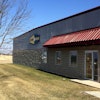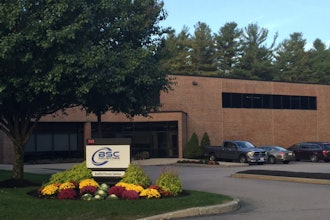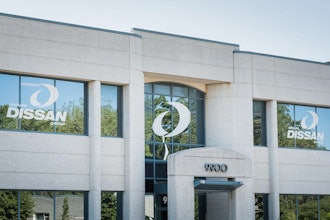
Sometimes, when we decide to engage in process improvement or business improvement endeavors, we feel like we need to hire or contract people with special skills. The truth is, we probably have the right skills already inside of our businesses.
Within the last week I have had two conversations representing two sides of the same challenge. The first was with an engineer who has recently become part of a team of process improvement professionals for his company. He was lamenting that he sometimes missed the relative simplicity of engineering challenges compared to business improvement challenges.
The second conversation was with a leader who felt like he needed to recruit someone to drive business and process improvement, but was having trouble identifying someone he felt he could trust with his business. The strange thing was that my response to both sounded similar.
The problems we solve to improve business and process performance, don’t require skills any different than what we already know when we really boil our work down to the fundamentals. In the most basic sense, we are simply solving problems.
The human process for solving problems is the same no matter what the problem is. We must determine what the specific problem is first, and how we want things to be different. Then, we must consider the resources and options we have available to us. Finally, we must get creative about using our resources and skills to invent a solution. Better solutions will require fewer resources and will better address risks or optimize performance.
Considered in basic terms, we do the same thing whether we are getting wet and need a shelter; if we are developing the next cell phone app, or inventing the next hand-held device of the future. My point during both conversations was that we shouldn’t become fixated on the new terminology, metrics, or fancy tools that tend to come with process improvement methodologies. What really gets the job done is basic, fundamental problem solving.
For the leader who needs to find someone to begin solving business and process problems, the trick is not to find people outside with vast portfolios of training and certification, spouting every known buzzword, acronym, or jargon. The trick is to find a good problem solver. Chances are, that leader already has a handful or more already on the payroll.
For the engineer that now faces an entirely different problem, the challenge is not to find more tools or research more methods. That engineer only needs to do what he or she already knows how to do, and simply break down and solve the problem, even if it involves supply chain logistics and time from order entry to product shipment instead of structural stress and strain.
I admit that I am oversimplifying, but I don’t think that should distract us from the point I’m trying to make. Let’s accept some concessions. The engineer-become-process-improvement-expert must adapt to a different kind of problem. That engineer definitely will find himself/herself putting people skills and “soft skills” to task to a greater degree than typically required by engineering design challenges; after all designs don’t resist change the same way people do.
A person selected from within a business may not be educated in the statistics of Six Sigma, or the language of Lean, and might not know what SMED stands for, but those elements are much easier to teach than good problem solving. The right person for the job is one who is a proven problem solver and is also influential with his fellows in the workplace.
To all of my fellow improvement change agents out there, when you meet a problem that doesn’t match the menu of tools given during methodology training, go basic. Use your own basic, fundamental know-how and break the problem down how you already know to do, and how you like best to do, and begin to work it through. We don’t need fancy tools for 90 percent or more of the problems we face. We just need basic breakdown and creativity methods.
To all of my fellow leaders out there looking for people we can trust to better our businesses, look first to the people you already have. If they have the creative problem-solving skills and the interpersonal influence to overcome difficult challenges, then you already have the skills you really need. They may be engineers, project managers, quality engineers, middle managers, or even administrators. You already know who they are.
If you want to follow one of the proven methodologies to improve your business, you might need to send your appropriately talented personnel to training in that method, but that is generally much easier and more successful than trying to find the right fit by hiring an unknown factor.
If you need both the trustworthiness of a known factor as well as additional manpower to meet your needs, then I suggest that you work temporary or contracted experts in with your trusted problem solvers. The outside experts can help mentor the methodology to your internal personnel, and in the process you can identify those that do fit into your culture and do have the right mix of training and problem solving and influence.
In my experience it can be a very difficult to find people with a good balance of influence, problem-solving, and methodology knowledge. The latter is the easiest to come by and the least impactful when it comes to really making a difference. Therefore, focus on the former talents and skills. That goes for leaders as well as improvement experts.
Problem solving is the same, regardless of the context. Don’t get wound up about finding the right tool. Instead, focus on developing and utilizing basic, fundamental problem-solving knowhow.
Stay wise, friends.
If you like what you just read, find more of Alan’s thoughts at www.bizwizwithin.com.


















